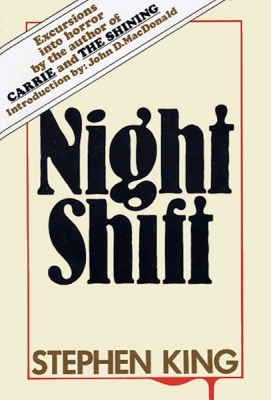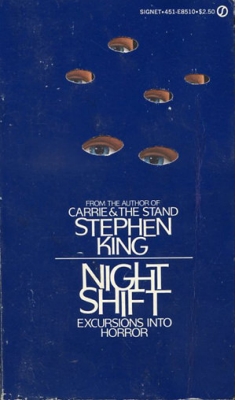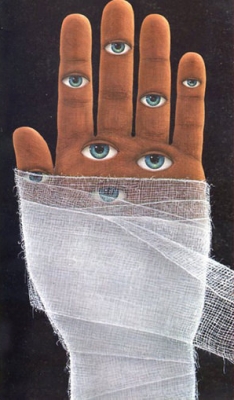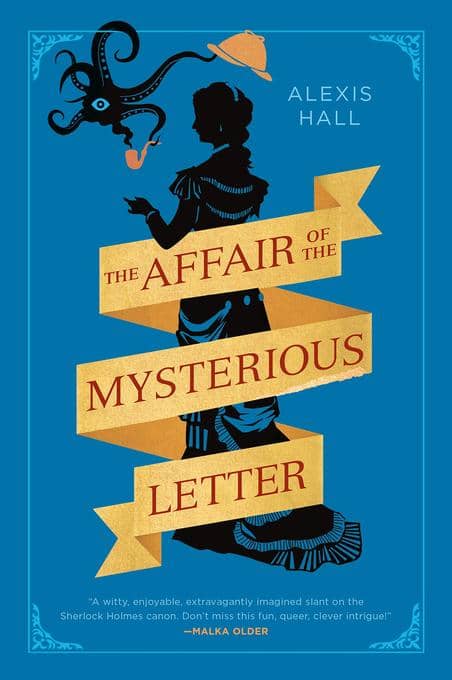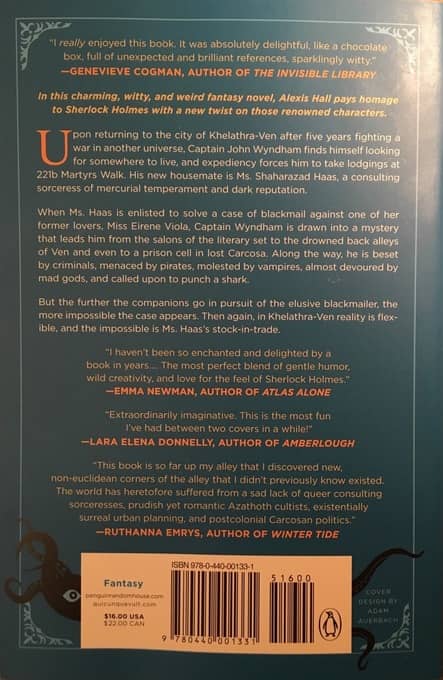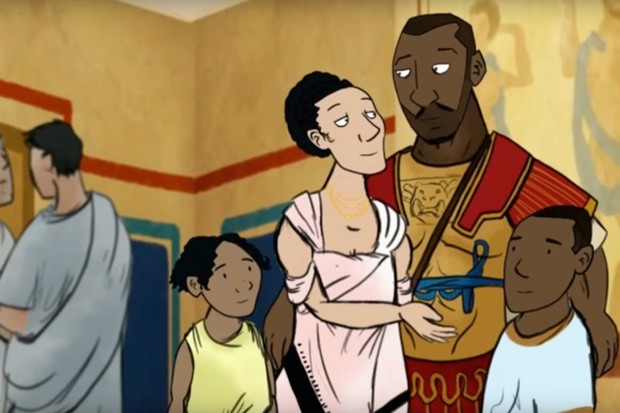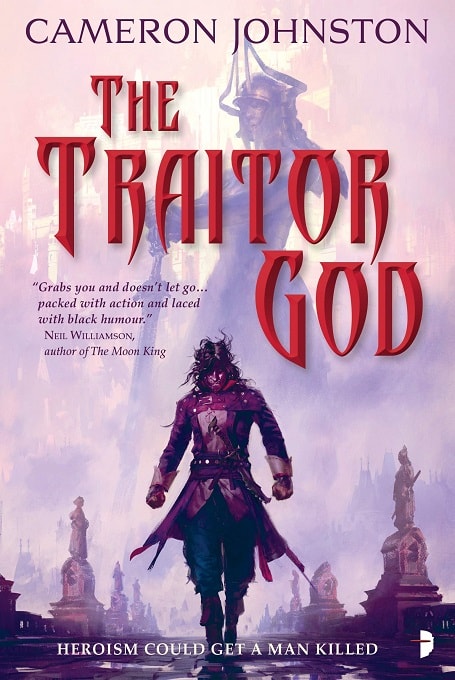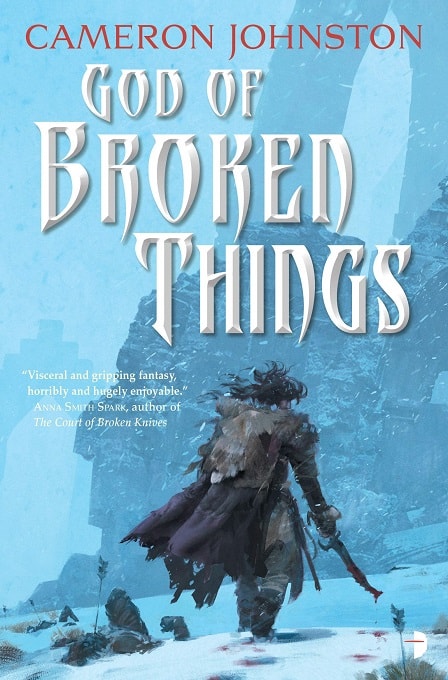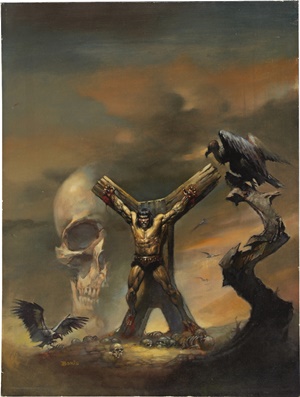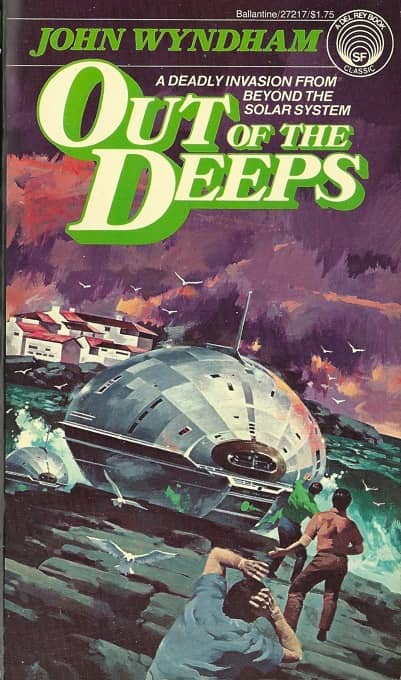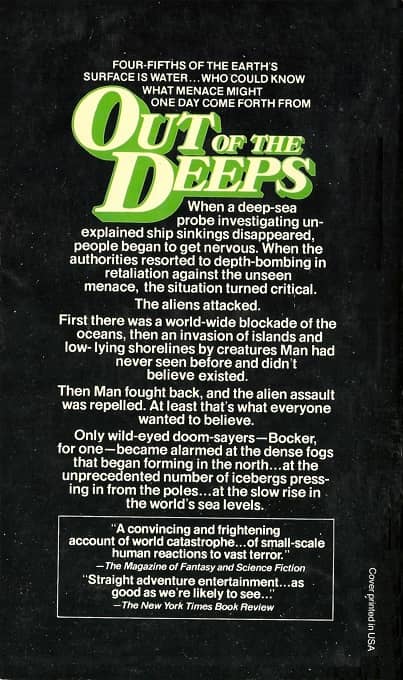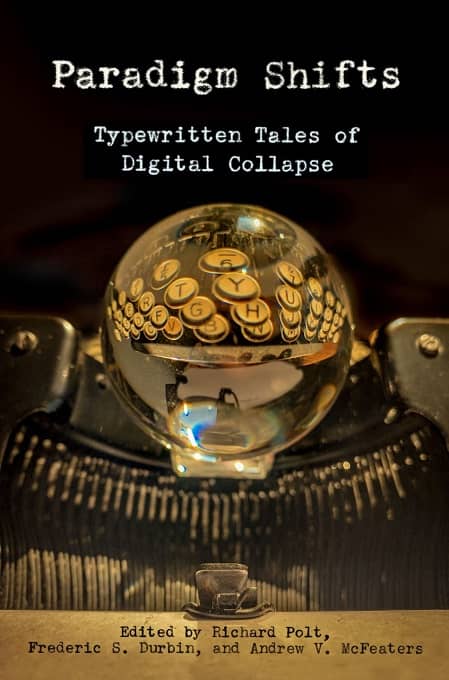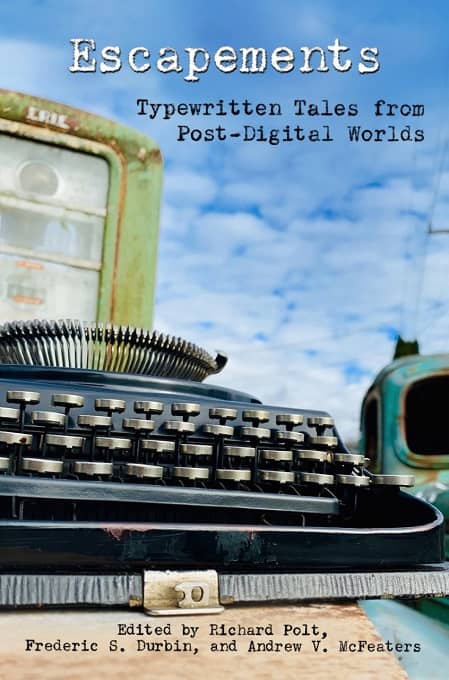IMHO: A Personal Look at Dystopian Fiction — Part Two: J.G. Ballard
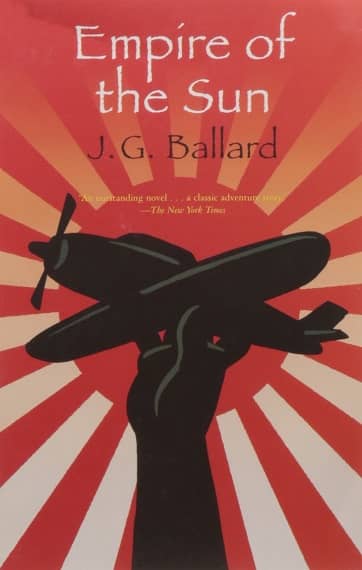 |
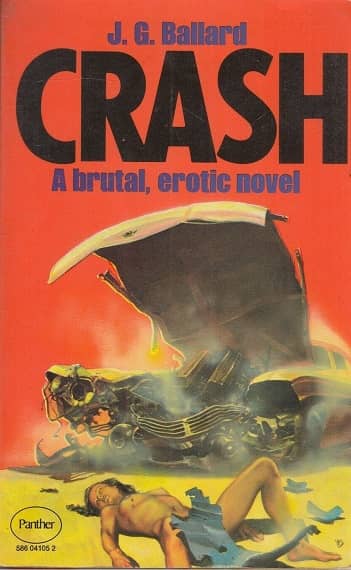 |
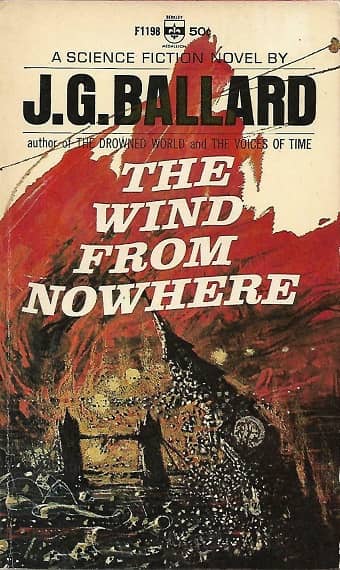 |
For the sake of this article, and not wanting to rely on memory alone, I’ve used a brief synopsis of each novel mentioned here, courtesy of Wikipedia.
If you read Part 1 of this article you’ll know about some of the older novels of dystopian fiction upon which I grew up, novels that surely inspired many other writers… novels I’d hate to see get tossed in a pile or in a corner to collect dust with all the other forgotten novels. Today I’m going to talk about one writer in particular: J. G. Ballard.
Ballard’s memoirs of being a kid during WWII were made into a fairly good film by Steven Spielberg, starring Christian Bale when he was just a kid: Empire of the Sun. Film director David Cronenberg turned Ballard’s strange, erotic and haunting novel Crash into a strange, erotic and haunting film. I’ve read most of Ballard’s short stories, and a number of his other novels, but my personal favorites are his Quartet of Elemental Apocalypse, as one critic dubbed the series. To me, they truly depict dystopian futures. Ballard had a great talent for creating interesting, believable characters, making his stories more character-driven than plot- or action-driven. He excelled at pitting ordinary people against extraordinary odds, and his plots contained many an unexpected twist and turn.
The Wind from Nowhere is Ballard’s debut novel published in 1961; he had previously published only short stories, which I also highly recommend. This is the novel that launched his apocalyptic quartet — his “series” dealing with scenarios of natural disasters. In this novel, civilization is reduced to ruins by prolonged worldwide hurricane force winds. As an added dimension, Ballard explores how disaster and tragedy can bond people together in ways that no normal experiences ever could.
![1937-10-17 San Francisco Examiner [American Weekly 3] A Whole World of Metal Men, The Last Robot](https://www.blackgate.com/wp-content/uploads/2019/06/1937-10-17-San-Francisco-Examiner-American-Weekly-3-A-Whole-World-of-Metal-Men-The-Last-Robot.jpg)
